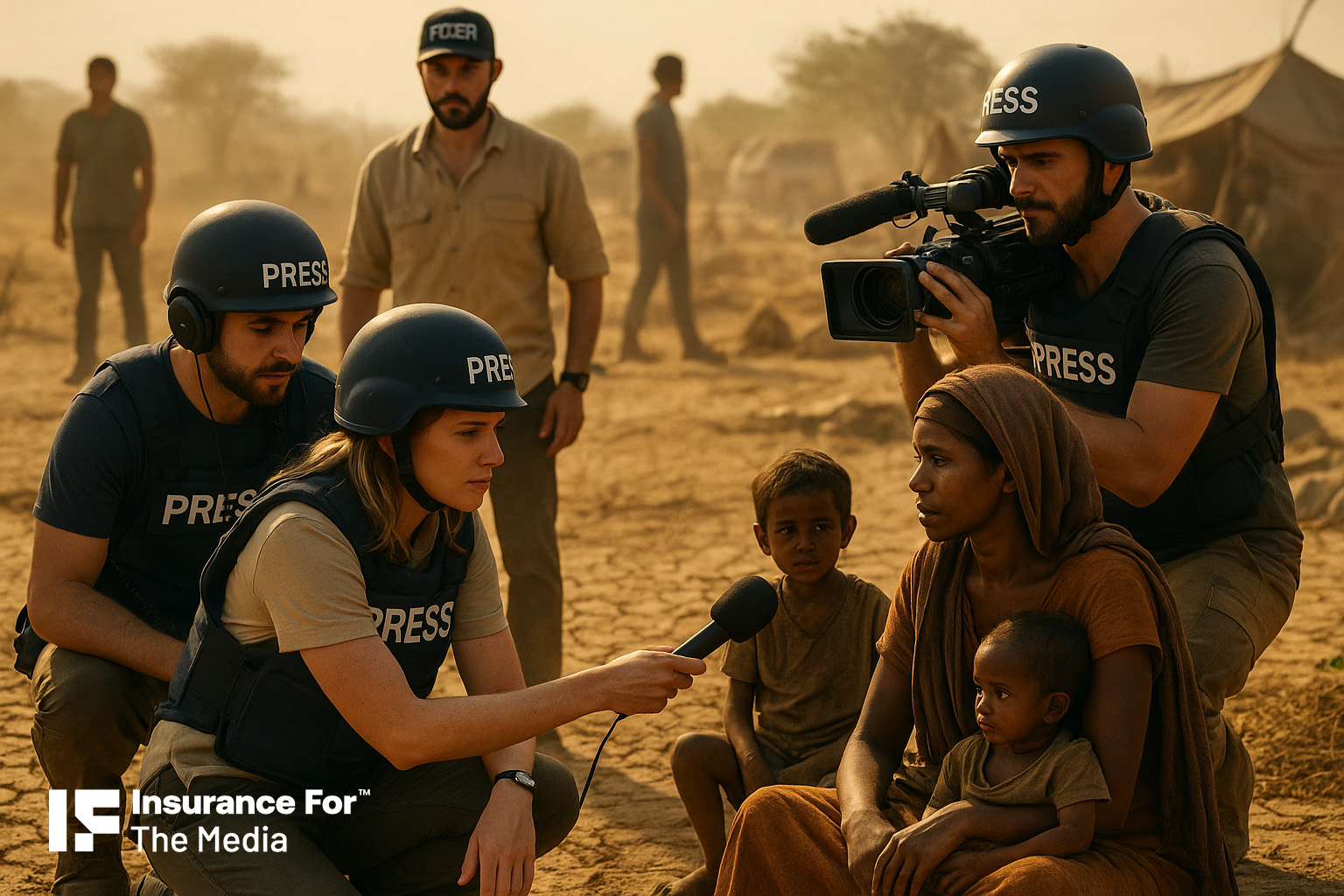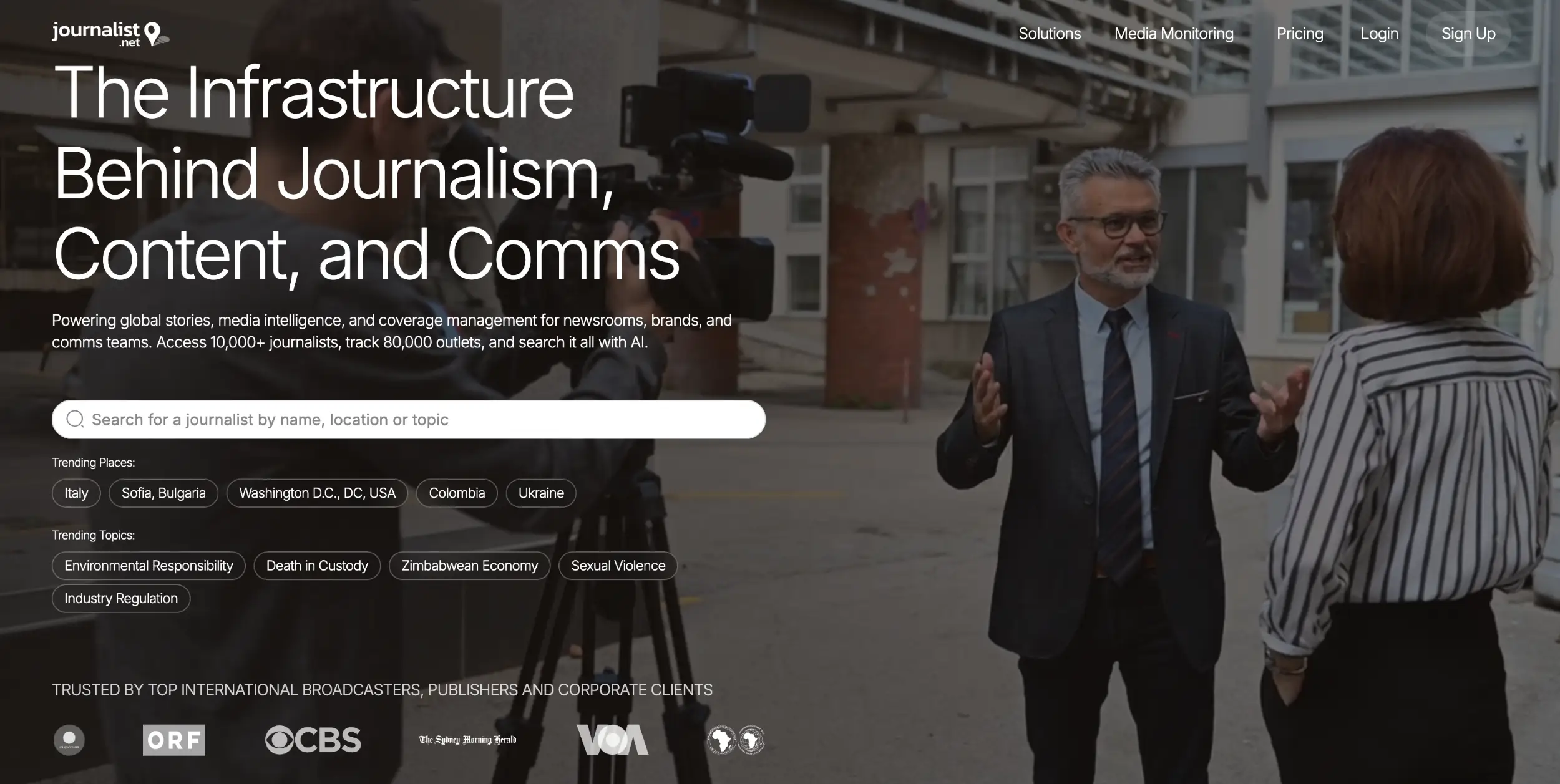Future Travel Restrictions: What Conflicts and Climate Threats Mean for Travellers

The future of international travel will be shaped by two powerful forces: geopolitical instability and environmental disruption. Ongoing wars, rising authoritarianism, and cross-border tensions now collide with climate-related disasters, disease outbreaks, and shifting sustainability policies. For anyone working internationally—NGOs, journalists, consultants, engineers—this means more than just complex logistics. It means higher risk, fewer guarantees, and a growing need for specialist insurance that adapts to fast-changing conditions.
Geopolitical Conflicts: Destabilising Travel Access
Armed conflict is no longer confined to isolated regions—it’s reshaping global travel corridors, consular protection, and insurance viability.
Airspace Closures & Route Disruptions
Wartime airspace closures are increasingly common. Russia’s invasion of Ukraine permanently redrew European flight paths, and similar restrictions are now under discussion for the Eastern Mediterranean as the Israel–Gaza–Lebanon situation intensifies. For humanitarian, development, and media teams, this means longer journeys, sudden rerouting, and, in some cases, complete air access shutdowns.
🔗 Heading to or through a conflict zone? Our war zone travel insurance offers peace of mind when the unexpected happens.
Tighter Entry Controls & Border Closures
Countries bordering conflict zones often introduce visa bans, nationality-based entry restrictions, or more intrusive security screenings. These decisions can arise overnight, stranding professionals on assignment or preventing return altogether.
Example: Due to political tensions, Russian and Israeli travellers now face restrictions across parts of Europe and Asia. The implications for anyone working under dual nationality or with a controversial mission brief are significant.
Expanded No-Go Zones
We expect growing use of granular travel restrictions: not just “don’t go to the country,” but “avoid this region, this border, this district.” The UK FCDO and similar advisory bodies already list sub-regions of otherwise stable countries as off-limits due to proximity to conflict.
🔗 For up-to-date guidance on risky destinations, check out our region-specific insurance pages.
Consular Drawdowns & Limited Support
In high-risk areas, embassies may withdraw staff, reducing the chances of help if things go wrong. In such cases, insurance with built-in evacuation services becomes your lifeline—not a luxury.
🔗 Explore emergency medical evacuation cover included in many of our policies.
Environmental Threats: Climate & Crisis Intersect
It’s not just wars that are disrupting mobility. Climate change is already shaping the travel landscape in ways that will increasingly affect professionals on assignment.
Climate-Driven Access Restrictions
Low-lying island nations, flood-prone valleys, and disaster-hit coastlines may soon impose seasonal travel bans, visitor caps, or require advance clearance for entry during high-risk periods.
These restrictions could make it harder to access key operational zones—especially for NGOs delivering climate response or humanitarian aid.
Return of Pandemic-Style Controls
COVID-19 may be behind us, but the infrastructure of restriction—vaccination passports, health corridors, testing-on-entry—is now built and ready for reuse. With climate change driving new zoonotic diseases and dengue-like outbreaks, expect health-related travel restrictions to resurface quickly.
🔗 Our policies offer clarity on what’s covered when travelling during or after a declared outbreak. Learn more on our FAQs page.
Insurance Refusal as De Facto Restriction
As certain countries become too risky due to rising sea levels, wildfire zones, or heatwave impacts, mainstream insurers may quietly pull cover—effectively making travel impossible without bespoke protection.
This is already seen in regions of Pakistan, Sudan, and parts of Central America, where climate + conflict + poor infrastructure make standard policies unworkable.
🔗 We insure where others won’t. If you’re struggling to get cover for a destination, contact us for help.
The Cascading Effect of Compound Crises
When conflict, pandemic, and climate disaster hit simultaneously, travel planning becomes exponentially harder.
Lockdowns, Curfews & Real-Time Closures
In a compound crisis, airports shut without warning. Borders close. NGOs face curfews. And consular services may be cut off or overwhelmed.
Example: Imagine a hurricane in Yemen during a time of regional military escalation. Aid workers may be confined to base, cut off from evacuation, and left without backup unless robust contingency support is in place.
Surveillance-Based Access
Countries may require health tracking apps, biometric scans, or travel logs before permitting entry into fragile ecosystems or unstable zones. These systems are increasingly tied to environmental, health, or conflict thresholds.
🔗 Our clients receive pre-travel briefings on entry conditions and documentation requirements.
Long-Term Changes in Mobility Patterns
Many organisations are already reducing travel to risky regions in favour of local partnerships and remote delivery. Others adopt seasonal travel—avoiding cyclone or conflict periods.
Still, some travel remains essential: for elections, humanitarian needs, infrastructure assessments, or media coverage. In these cases, specialist insurance is no longer optional. It’s operationally critical.
The New Normal: Contingency, Not Convenience
The future of global mobility is conditional, not guaranteed. Access to high-risk regions will increasingly depend on:
- Local security conditions
- Environmental thresholds
- Government alerts and travel bans
- The availability of insurance and evacuation plans
- The legitimacy of your mission and your preparedness
If you’re travelling to—or operating in—a place prone to climate chaos or political instability, flexibility, cover, and planning will define your success.
Key Takeaways
- Airspace, borders, and advisories are shifting rapidly due to war and climate risks.
- Standard insurance often doesn’t apply when FCDO advice changes.
- Environmental events like hurricanes or floods may prompt entry caps, bans, or risk surcharges.
- Specialist insurance provides the flexibility and cover needed for high-risk professional missions.
- Travel is no longer automatic. It’s conditional—and that means being prepared.
Final Word: Travel May Be Tougher, But It’s Not Impossible
You don’t have to cancel essential work because the world is less stable. But you do need to adapt, prepare, and protect the people you send into it.
Get a quote for specialist cover that includes war zones, natural disasters, disease outbreaks, and civil unrest.
Talk to our team if you’re unsure whether your destination is insurable.
Visit our FAQs to learn how our insurance works in high-risk environments.



